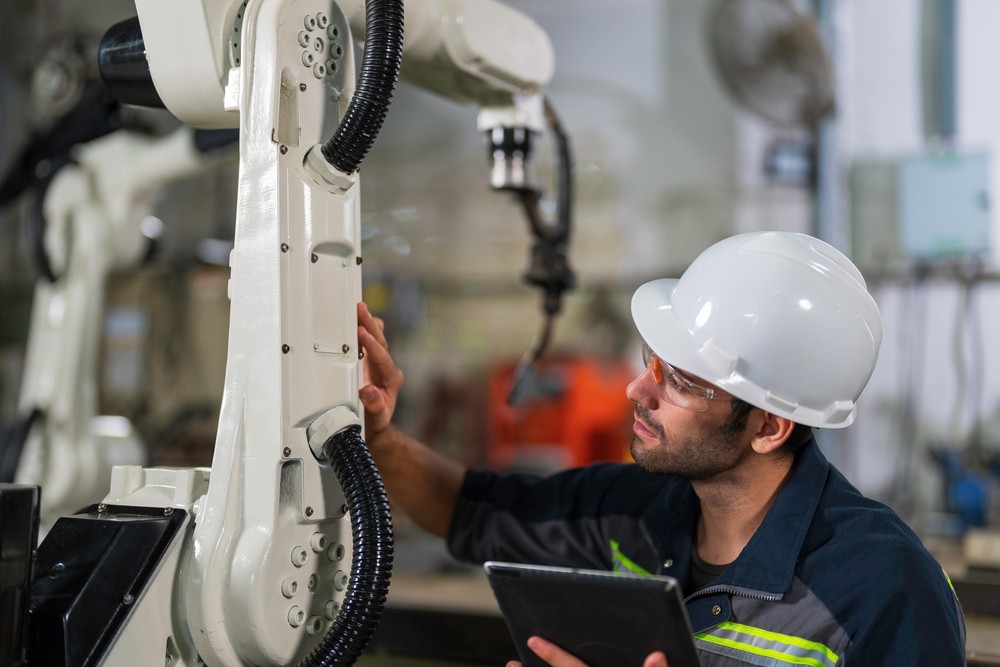Treating Problems Instead of Symptoms Using RBAM

Picture this scenario: You hear a squealing sound coming from the bearings in a piece of equipment, so you lubricate the component. The squealing goes away … for a few days. When the squealing returns, you lubricate again, and it goes away again. Then it returns. You can complete this cycle ad infinitum, and the problem will keep coming back. Why?
Because the squealing noise isn’t actually the problem. Rather, it’s the symptom of a problem you’re not addressing, and it could benefit from root cause analysis, followed by an RBAM approach to maintenance.
Understanding symptoms vs. problems
When a symptom — like the squeaking noise described above — keeps recurring, it’s an indication of a problem. The symptom repeatedly returns because there’s a problem that needs to be resolved. Eventually, failing to address a true underlying cause can become costly, in terms of both equipment repair or replacement and a loss in productivity due to unplanned downtime.
Using a “Five-Whys,” or root cause analysis, approach to maintenance helps manufacturing teams address problems rather than treat symptoms. By simply asking “Why?” maintenance teams can look past immediate symptoms to determine deeper issues with a given piece of equipment. The process follows a simple structure:
- Why did Event A occur? Because Event B occurred.
- Why did Event B occur? Because Event C occurred.
- And so on, until a root cause of the problem is found.
Addressing a symptom that recurs takes care of only a small issue, one that will inevitably arise again. Instead, manufacturers should take a problem-solving approach so symptoms don’t recur.
An overview of Risk-Based Asset Management (RBAM)
Getting past the symptoms to focus on the underlying problem is a process unto itself, but it will provide greater insight and understanding of asset management. And if the asset is a critical part of the value stream, there’s an opportunity to adopt an RBAM approach to managing it.
Many manufacturers adopt a Risk-Based Asset Management (RBAM) approach to problem solving when it comes to equipment maintenance. Following this strategy, teams work to prioritize reliability efforts on essential equipment to prevent failures that impact productivity.
By incorporating reliability-centered maintenance and continuous improvement principles, manufacturers can count on less downtime, lower maintenance costs, and a greater lifespan for equipment that delivers an acceptable overall cost of ownership for each asset.

Solving problems to keep equipment reliable
Following an RBAM strategy prevents manufacturers from spending money on symptoms rather than problems. It addresses the root cause of an organization’s losses, not only by promoting root cause analysis, but by contextualizing problems in the scope of the value stream as well.
Although formalizing, documenting, and vetting a comprehensive asset management strategy may seem daunting, reducing significant risks like equipment failure and downtime is the best way to create organizational stability and, in turn, significant improvement in an organization’s bottom line. It starts by understanding and mitigating risk, which necessitates an RBAM approach to asset management.